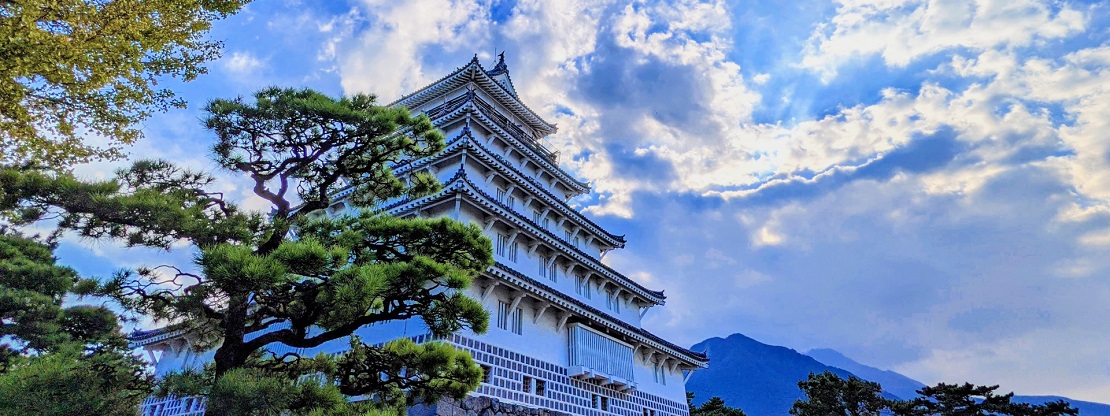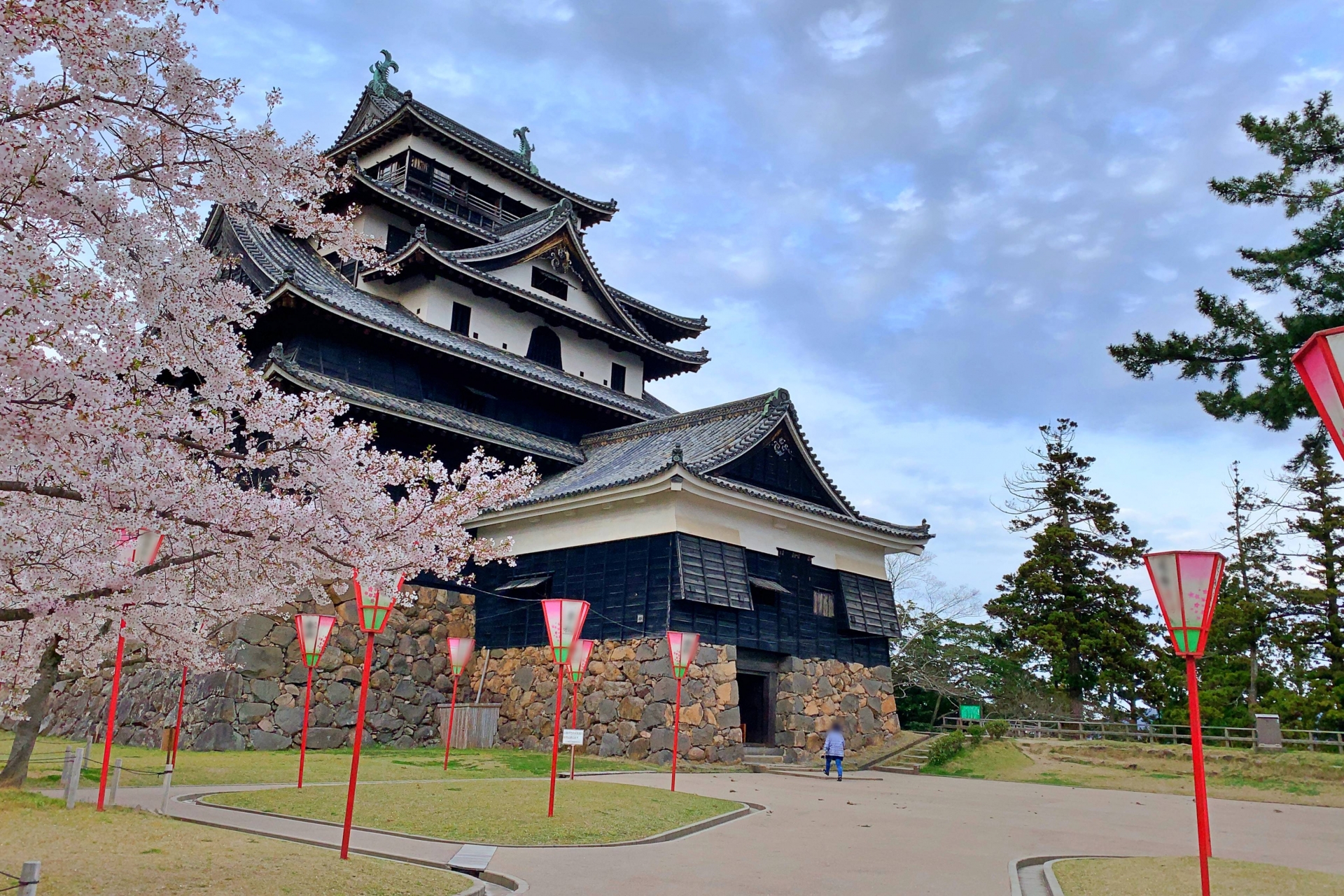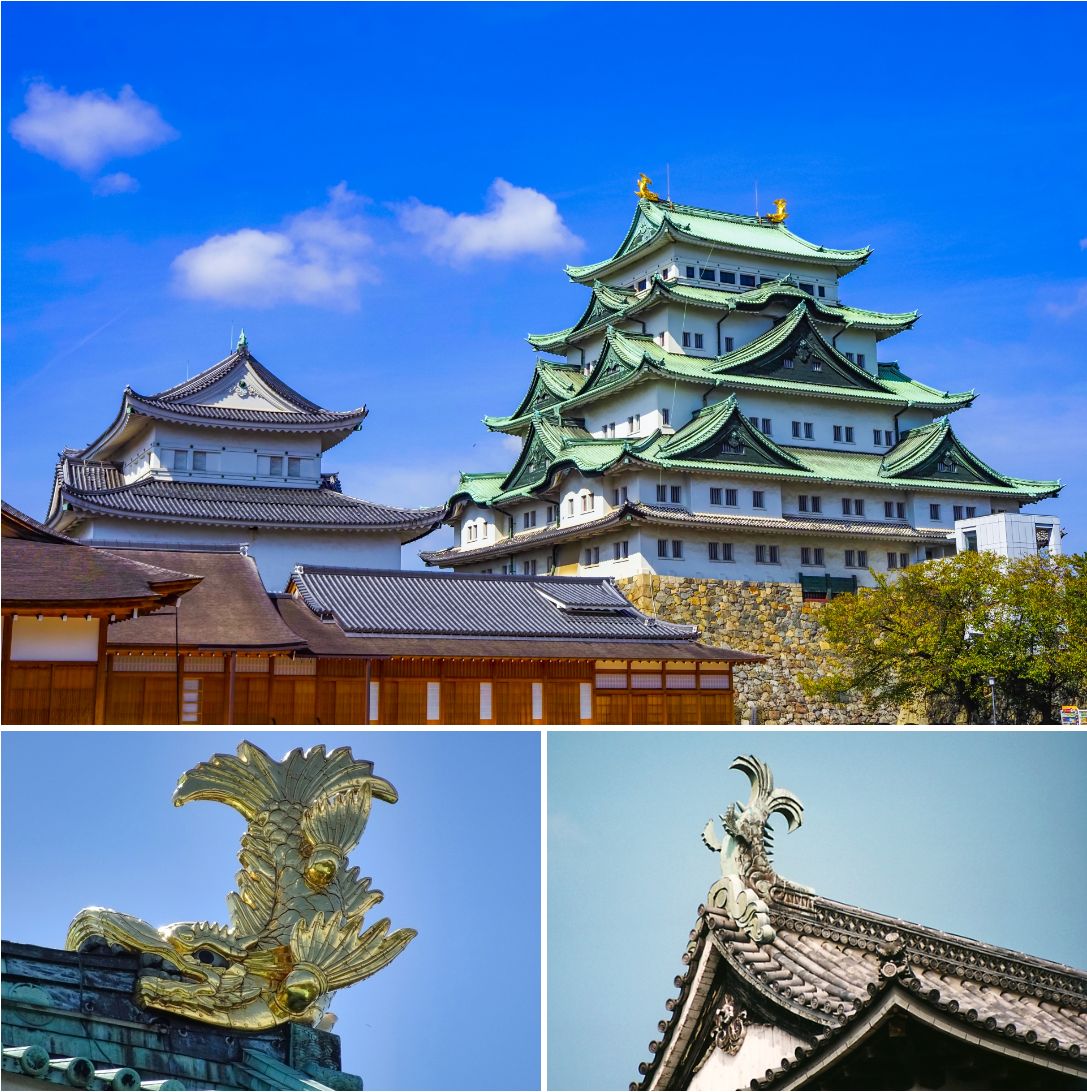-
- USA/Canada 1-800-285-2726
- Australia (02) 8006 4411

Japanese Castles have a very different exterior than those travelers have come to expect of other countries. Castles emerged in Japan during the 15th century when the country was in the midst of wars and battles. They served as guards and strategic sites where the local feudal lords could come up with strategies and battle tactics. Due to their purposes of defense during battle, many castles were destroyed over time through battle, wear and tear, or the elements. Yet many of these were reconstructed, leaving Japan with gorgeous castles and castle museums displaying the history of Feudal Japan and the samurai arts and weaponry.
Among the list of impressive Japanese Castles, there are twelve castles that are considered "Original Japanese Castles", having kept their original facade from prior to 1868. In other words, while these castles may have faced some damage over time or natural disasters, they have remained standing since first constructed. The list of 12 Original Castles include:
You can visit these Original Japanese Castles and some of Japan's other finest castles with Japan Deluxe Tours during select Japan Cherry Blossom Tours and guided Highlights Japan vacation packages.

It is said that there used to be more than 20000 castles in Japan. However, most of them were lost due to numerous wars during the Sengoku period, wars against foreign countries and the abolition of the castle in the Meiji era.
Currently, there are about 90 castles with Tenshukaku (castle tower) nationwide. Most of them are restored, reconstruction or simulated castle towers.

"Shachihoko" is often found at the top of Japanese castles. Shachi is an animal that is a mixture of a dragon ( or tiger) head and fish body with thorns and sharp fangs. The tail points toward the sky. The "hoko" means the shape of this tail rises up like a halberd.
Shachihoko has been placed on the roof and cherished as a guardian deity because there is a legend that when a building catches fire, it spits water out of its mouth to extinguish it. The golden decoration of this shachihoko is called "Kin-Shachi (Golden Shachihoko)" and is also known as the symbol of Nagoya Castle.
In Japan, where there are many wooden buildings, the fire was the worst disaster. Because of that reason, Shachihoko was originally used in temples and decorated as a guardian deity of fire protection.
It is said that Shogun Nobunaga Oda started decorating Shachihoko on top of his castle, Azuchi Castle. After that, Shogun Hideyoshi Toyotomi displayed a golden shachihoko on his castle tower of Osaka Castle to show his authority, then it became popular among other daimyo (feudal lords).
Shachihoko can be seen at Hirosaki Castle, Shibata Castle, Nagoya Castle, Inuyama Castle, Osaka Castle, Himeji Castle, Hiroshima Castle, Matsuyama Castle, Kochi Castle, Kumamoto Castle.
Hakodate Goryokaku - A Star-shaped Fort with five bastions
Castle in Aomori prefecture famous for its cherry blossoms in spring
Castle of Battle of Aizu
The residence of a feudal lord, the Odawara Hojo Family
Founded 1583 by the Maeda Clan and located next to Kenrokuen Garden
The Oldest Castle and Existence since the Edo Period
One of the Largest Castles during the Edo Period
Hirajiro castle built on plains rather than a hill
Residence of Tokugawa Ieyasu, the first shogun of Edo
Original castle; regarded as one of four national heritage castles
The White Heron Castle - UNESCO's World Heritage
Floating Castle, Castle in the Sky, Japan's Machu Picchu
Reconstructed after it was burned down by lightening; now modified into a museum
Tallest castle honmaru in Japan; reconstructed with only wood to achieve a look closest to the original castle
Great view of Wakayama and a popular cherry blossom site
One of twelve original castles, only one in Sanin region
Nicknamed Crow Castle for its black exterior
Remodeled castle houses weapons, armors, and Christian artifacts
Well fortified hilltop castle; several original wooden buildings remain
Five story high castle with distinctive natural ocean moat
Gorgeous four-tiered, six stories donjon castle of Fukuoka
Only castle in Japan to maintain its defense buildings
One of twelve original castles; popular cherry blossom spot
One of Japan's twelve original castles; last reconstructed in 1820 when burnt down by lightening
Played a crucial role in politically unifying the island and as the center of foreign trade
Well preserved castle remains of the Ryukyu Kingdom